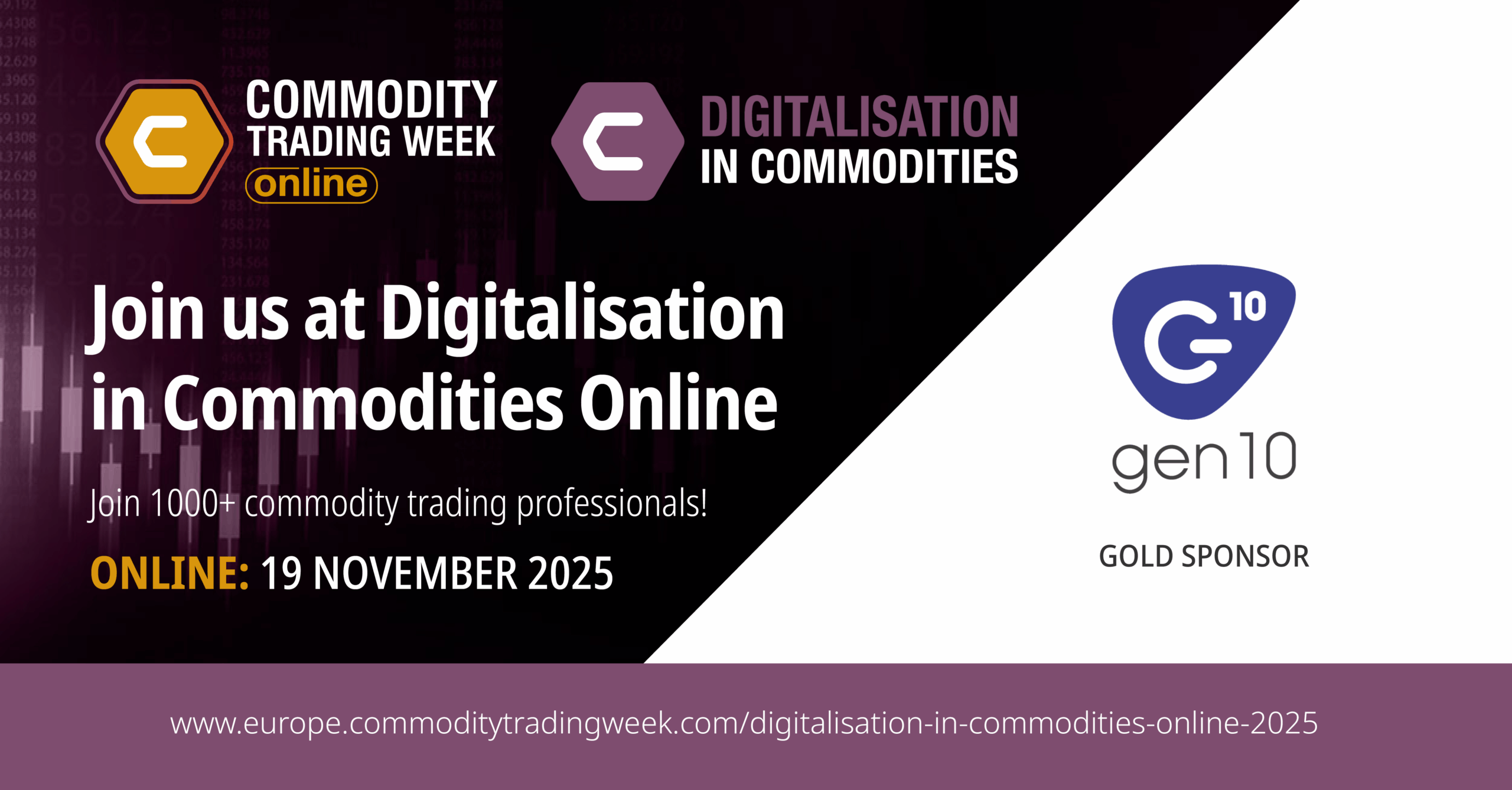Technical debt, or tech debt is the price businesses eventually must pay when they do not keep their software up to date.
Technical debt is the term used to describe the cost of reworking a solution that is caused by choosing the short-term benefit of an easy but limited solution over one that will provide longer term value. As well as the financial cost, technical debt involves the time, energy and resources needed to overcome the limitations that those past decisions created. And like most debts, it can compound.

The term originates in software development, but in the commodities space, organisations that use outdated legacy CTRM systems rather than keeping their CTRM up to date are creating a large and ever-growing technical debt for themselves.
Technical debt in commodities
The evolution of technical debt in commodities is familiar to many of us. It starts with one aspect of commodity trading that the CTRM can’t handle. For example, if the CTRM can’t report on intraday positions, traders work around this limitation by using a spreadsheet to manage their positions. This is time-consuming and error-prone, but it works so there is less impetus to update the CTRM system.
And now, alongside updating and maintaining a CTRM, your team are maintaining their spreadsheets. This takes up more time in their day-to-day workflow but also means that next time your organisation needs to innovate, there are more moving pieces that all need to be updated.
In taking the easy option of a workaround rather than updating or changing the CTRM system, the organisation has both introduced a technical debt and created the conditions where this technical debt is growing even before the organisation introduces any new system requirements.
Adding to the problem of technical debt is that the issue is not always obvious when the initial decision is made. A fast workaround can seem like a good compromise at first, and the technical debt only becomes apparent in hindsight – after the issues start piling up.
It’s not all bad
Despite that, a small amount of technical debt can actually be helpful. There will always be some delay between the business requirements changing and the technology that supports them adapting. Sometimes maintaining some of this technical debt is the best option if it means that the solution is faster to implement.
However, this is only effective if your software provider operates in an agile way and provides regular update releases with consistent new functionality that keeps the system improving towards your business requirements. This agile development can be an advantage as it allows you to understand the direction of product development as it is still forming, and to direct changes early on, rather than waiting for a final product that may not meet your requirements.
What to do about technical debt
As shown, technical debt typically compounds, so the time to address it is when you identify it. Updating your technology early and often is the most effective way to prevent any capability gaps from growing and to keep technical debt manageable.
However, the extent to which you can manage your technical debt often depends on the systems you are using. Modern CTRM systems such as Gen10’s CommOS are typically more agile than legacy CTRMs so are updated more frequently. Cloud systems are also often updated more regularly, particularly if they are multi-tenanted, as this means that updates can be managed centrally and applied to all client systems at once, rather than requiring a large project for each client’s update.
If you are using an agile modern system, reducing technical debt should be as simple as working with your system provider to discuss how it can work better for you and agreeing on the direction of development.
However, if you are using a legacy CTRM system, you may have built up a large backlog of technical debt. These systems are typically more difficult to update and are likely to have already amassed a large amount of technical debt as workarounds are added on top of workarounds. This adds to the complexity of already highly complex systems, making the task of finding more appropriate software even more difficult.
But if your CTRM system cannot be improved alongside your changing business needs and leaves you managing your business manually on spreadsheets, now is the time to make the change to a modern CTRM. After all, acting now is much easier than waiting for the technical debt to grow even further.
Talk to us today to discuss how straightforward upgrading your CTRM can be.



